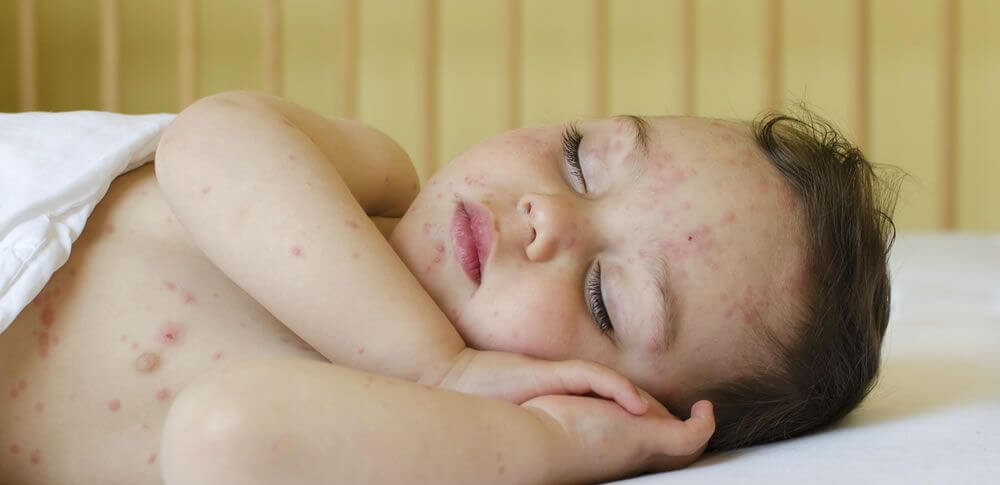Dealing With Severe Allergies (Anaphylaxis) in Child Care
Published on Monday, 05 December 2016
Last updated on Friday, 04 January 2019

Leaving your child in care for the first time can be hard, and these feelings are likely to be worse if your child suffers from the life threatening type of allergic reaction known as anaphylaxis.
Anaphylaxis is a generalised allergic reaction, which often involves more than one body system (e.g. skin, respiratory, gastro-intestinal and cardiovascular). A severe allergic reaction usually occurs within 20 minutes of exposure to the trigger and can rapidly become life threatening.
According to Allergy New Zealand, allergens or allergic triggers come in many forms including air borne allergens such as dust mites and pollen, and food allergens such as peanuts, shellfish, egg and dairy products, insect bites and medications.
The early learning environment
For the parents of children with anaphylaxis it may seem that home based care such as offered by a nanny, au pair, parent or grandparent is the only option. However this is not the case, many early learning services are well prepared to deal with children with allergies and offer staff training, anaphylaxis action plans and safe environments to protect children.
For parents who have children with anaphylaxis in care it’s important to maintain a constant line of communication with carers. You should:
- Inform the staff of your child’s diagnosis and its cause. Many services may be very experienced in dealing with children with allergies and staff may well have undergone training, however, it is still important to talk to the carers about the unique circumstances of your child’s condition. Take the time to explain the primary triggers, how long a reaction takes to come on, how to deal with the reaction, how to calm your child and any other variables which you have discovered from parenting your child through a reaction.
- Discuss prevention strategies with staff. Most child care services will have stated policies and procedures for preventing and dealing with severe allergic reactions. Indeed, the ideal way for dealing with anaphylaxis is prevention! Ask staff how they enforce prevention strategies with other parents in the centre and how well enforced the prevention strategies are.
- Work with staff to develop an Individual Anaphylaxis Plan. This should be based on your experiences and will provide the child carers with unique information they can use to keep your child safe. You should also provide your child care service with an Anaphylaxis Action Plan that is signed by your child’s doctor and has an up-to-date photograph.
- Another important factor is to ensure your child care service has a supply of your child’s adrenaline auto-injector and you should check every once in awhile to make sure the adrenaline has not expired.
The service you choose for your child should be willing to accommodate, within reason, an individualised plan for managing your child’s allergies. This plan should be put together using the information supplied by you through the process described above and if there are points of disagreement between you and the service, you could defer to your child’s doctor for the deciding say.
The upside of allergy rates increasing is that more people are aware of the problem and how to manage it. This means that kids with allergies can safely participate in most, if not all, of the opportunities available to kids without allergies. To maximise the chances of your child enjoying a safe and happy time in child care there will need to be close and ongoing communication between you, your child care provider and your GP. This seems a small price to pay to ensure your child enjoys a full and active life in a high quality early learning service.
References and further reading
Allergy New Zealand
Starting kindy with food allergies: Resources for parents
Related Articles

Sick Days and Emergency Child Care
What to do with your sick child when you have to go to work including emergency and back up care options and why it’s important to have a plan!

Child Care and Other Strategies When Working from Home
Strategies for successfully and productively working from home when you have children around including house lay out, naptimes, using nannies and more.

The Effect of the Children’s Worker Safety Check
Children’s workers are a valuable part of our society. They provide care and support to our youngest generation and it’s vital that they do so in a skilled and risk-free manner.
